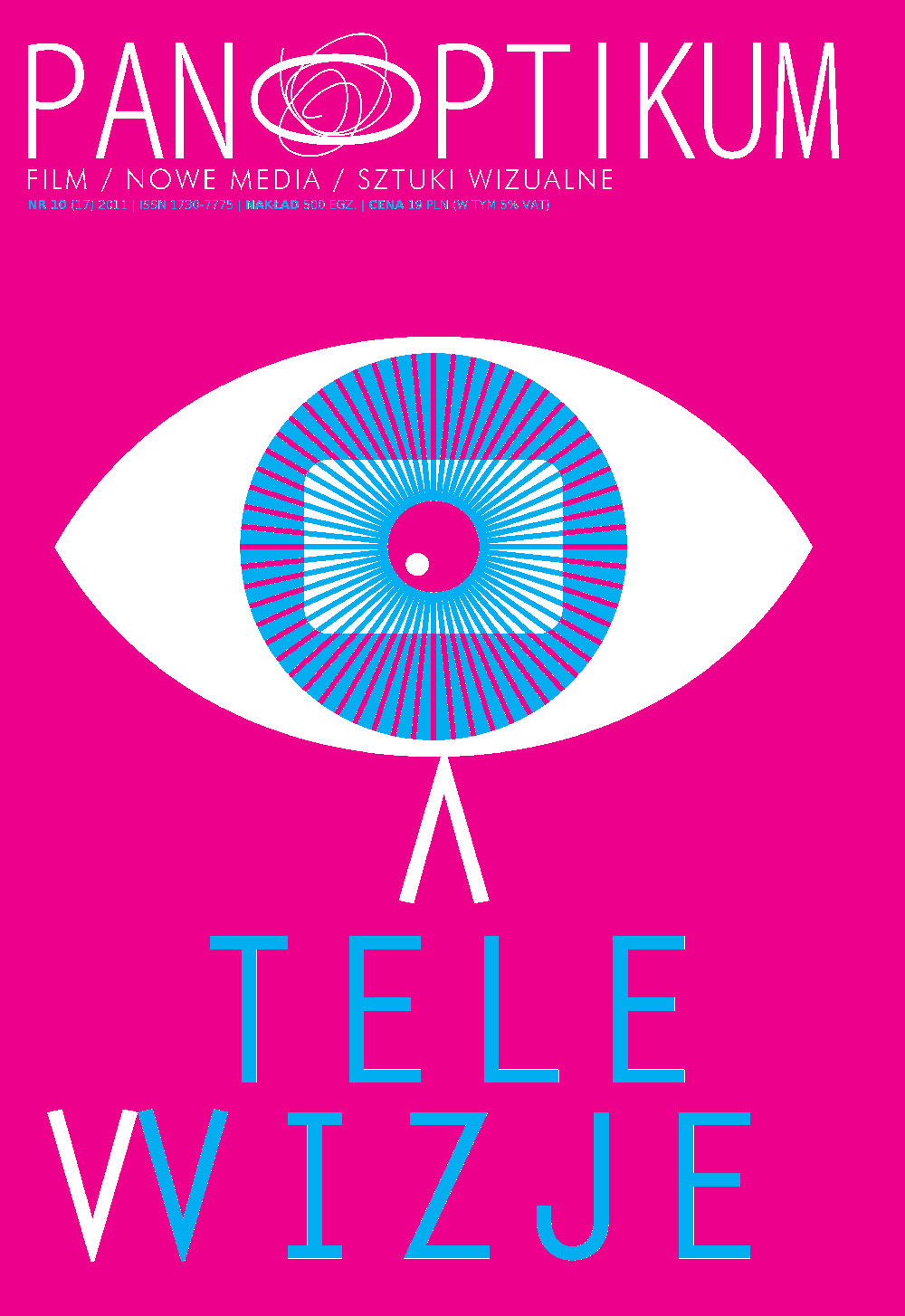Użycie telewizji. Przypadek czechosłowackiej nowej fali
Uses of Television. The Case for the Czechoslovak New Wave.
Author(s): Grażyna ŚwiętochowskaSubject(s): Social Sciences, Media studies, Communication studies
Published by: Wydawnictwo Uniwersytetu Gdańskiego
Summary/Abstract: The authors interested in Czechoslovak New Wave as an important development in the history of European cinema usually focus on juxtaposition of stylistics, creative methods, subject-matters, allowing for synthetic apprehension of the cinematic material (with better or worse results), which, depending on the adopted criterion of selection, includes up to several dozen films created from 1963 to 1970. The project of grasping the specificity of the movement from the point of view of its relations with television can be interpreted as one of strategies designed to avoid comprehensive definition of the movement. I argue that these relations can be traced in two perspectives. One of terminological problems which arose in the process of critical reception Czechoslovak New Wave and which blurred the actual distance between the medium of film and television. I will base my argument on the example of several cinematic instances and demonstrate how in fact there is only an interception of some external artefacts, “stage props” connected to documentary tendencies of proto-televisually rooted cinéma-vérité. The other one is a clear motif of interwining and artistic compensation of TV entertainment shows and films of Czechoslovak New Wave. Multifaceted character of these phenomena allows for apprehension of the “nova vlna” movement not from the point of the parameter of artistic cinema, as it usually the case, but from the point of view of popular culture.
Journal: Panoptikum
- Issue Year: 2011
- Issue No: 10 (17)
- Page Range: 196-211
- Page Count: 16
- Language: Polish

